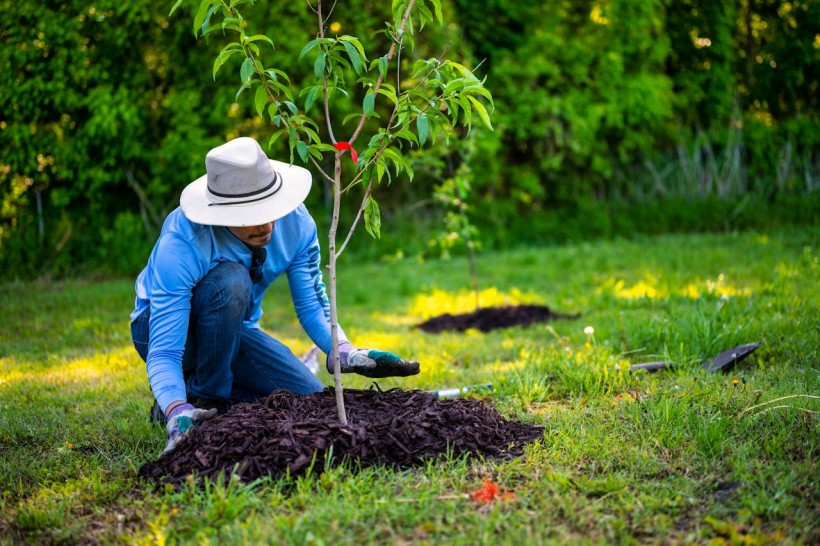We are constantly told that planting trees is one of the key weapons to fight climate change. However, scientists discovered a hidden factor that could turn a well-intended tree-planting program into a climate misstep.

(Photo: Pexels/ Alfo Medeiros)
Hidden Dangers of the Albedo Effect
Trees are known to absorb carbon dioxide and release oxygen. Restoring areas of degraded woodlands or planting saplings to boost forest cover is one of the hailed tools in the fight against climate change.
In some cases, however, more trees mean less sunlight is reflected back from the Earth's surface, causing more heat to be absorbed by the planet. This has been the finding of research conducted by experts led by Susan Cook-Patton, senior forest restoration scientist at The Nature Conservancy. The details of their study are described in the paper "Accounting for albedo change to identify climate-positive tree cover restoration."
According to Cook-Patton, there are some places where planting trees leads to net climate negative outcomes. This tendency is caused by albedo, or the amount of solar radiation that bounces back off the surface of the planet.
Albedo is highest in the frozen regions of the Earth, and clean snow with high albedo levels reflects up to 90% of the energy from the Sun. This factor is one of the significant cooling agents of our planet, along with lands and oceans, which absorb excess heat and planet-warming greenhouse gas emissions.
Many countries have decided to plant billions of trees to combat global warming. However, research reveals that not all efforts benefit the planet equally. Moist, tropical areas like the Amazon and Congo Basin have high carbon storage and low changes in albedo, making them ideal locations for forest cover restoration. The opposite is true in temperate regions of grasslands and savannas.
When albedo changes were considered, projects in the best locations were likely to deliver 20% less cooling than estimated. Still, Cook-Patton stressed that restoring forests delivers undeniable benefits for people and the environment, such as supporting biodiversity and providing clean air and water.
Cook-Patton clarifies that their work is not intended to critique the movement writ large. It is just that trees cannot be planted everywhere, as we do not have enough money, time, resources, people, or seedlings. Ultimately, it is about maximizing limited investments and getting the greatest climate return per hectare.
READ ALSO: Ethiopia Replants 350m Trees Everyday To Save The Planet
Finding the Right Spot
Experts had already understood that restoring tree cover causes changes in albedo. Unfortunately, they did not have the tools to account for it.
Using new maps, climate scientists could consider the cooling effect from trees and the warming effect caused by decreased albedo. They discovered that projects that did not include the albedo factor in the equation overestimated the climate benefit of additional trees by between 20-80%.
The maps also offer tools to help policymakers identify the best spots to funnel scarce resources for maximum climate impact. According to Cook-Patton, there are still many places where tree cover restoration is an excellent idea for climate change. They are just trying to help people find these locations.
RELATED ARTICLE: Man From Senegal Ambitiously Aims to Plant 5 Million Trees Within 5 Years
Check out more news and information on Tree Planting in Science Times.












![Venus Lost Water and Dried Out Due to Chemical Reaction HCO+ Dissociative Recombination [Study]](https://1721181113.rsc.cdn77.org/data/thumbs/full/53493/258/146/50/40/venus-lost-water-and-dried-out-due-to-chemical-reaction-hco-dissociative-recombination-study.jpeg)

